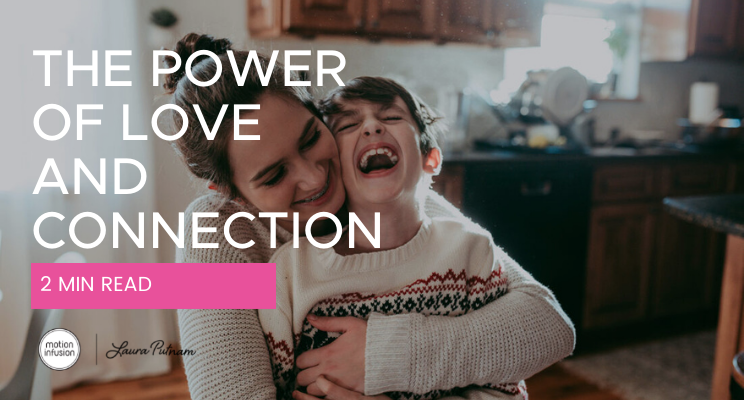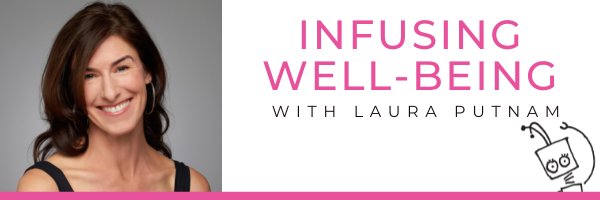|
"There isn’t any other factor in medicine – not diet, not smoking, not exercise, not stress, not genetics, not drugs, not surgery – that has a greater impact on our quality of life, incidence of illness, and premature death from all causes than loneliness and isolation." —Dean Ornish, MD Social wellbeing is vital to all of us – especially now. The effects of social disconnections - or loneliness - are devastating. One study found that loneliness is as detrimental to our health as smoking 15 cigarettes a day. Meanwhile, trends indicate that rates of loneliness have doubled over the past 40 years, only to be accelerated by the pandemic. So, what can we do about it? Here are three things you can do: 1. Love is all you need: Remember, that your social wellbeing matters as much - if not more - than your physical wellbeing. Just as you may be tracking your steps (hopefully getting at least 10,000 a day), can you track your time that you’re connected with others? Research shows that the minimum we all need to be socially well is at least 6 hours a day. And, while in person is best, virtually counts as well. 2. Find a friend: Whether it’s getting yourself to exercise or engaged with your work or eat healthy or any other lifestyle change, you’re much better off doing it with a friend, significant other, even your dog! In everything you do, find a friend - and ideally, a best friend. Social wellbeing is good in and of itself, but perhaps most interestingly, it is inextricably intertwined with every other dimension of wellbeing. For example, building a positive mindset is good (through practices like mindfulness), but building a positive mindset in the context of others is even better (through practices like loving kindness meditation). Researcher Barbara Fredrickson with UNC calls this “positivity resonance.” 3. Be the change: If you want to make the world a better place, then invest in social connections. As a former urban public high school teacher, I thought a lot about how we can ensure that every kid has a crack at achieving the American Dream. I thought a lot about the question: Why is it that if you take two kids – with the same circumstances – one is able to rise above and the other never quite makes it? Or, put another way, why is it that some kids are resilient and others are resistant? What is the number one factor that makes the difference between the two? Research shows that the number one differentiator is having a meaningful relationship with an adult. Can you be that adult to make the difference for a young person today? Download the first chapter of my book, Workplace Wellness that Works. (it’s complimentary)
0 Comments
Leave a Reply. |
Follow laura on social:Website by Brand Genie
|
join laura's monthly newsletter
|




